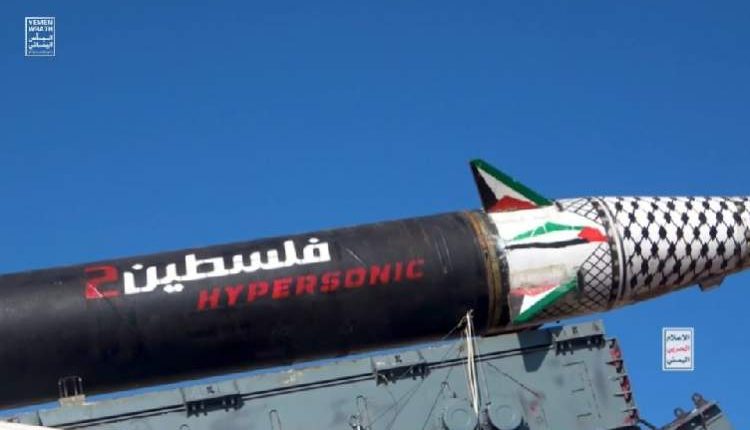The Israeli Enemy Failed to Black Out the Results of Yemeni Armed Forces Operations
Israeli military censorship has been unable to completely suppress the outcomes of the Yemeni Armed Forces’ strikes deep inside the Zionist entity, carried out in support of Gaza. When these operations disrupted airports or struck sensitive infrastructure—ports and critical facilities that cannot be hidden—their effects became impossible to conceal.
Observers cited by the Palestinian “Shehab” news agency note that the scale of these attacks has made it extremely difficult for Israel’s military establishment to maintain total control over the media narrative. The complexities of psychological warfare and fears of internal collapse have, in some instances, forced Israeli outlets to admit partial damage or casualties.
Dr. Fayed Abu Shammala, a specialist on Israeli affairs, explains that Israel’s official media narrative is tightly controlled to project a single, unified story to both domestic and international audiences. He describes a now‑familiar sequence: first, reports of “a rocket launched from Yemen,” followed by air‑raid sirens in various regions and urgent civil‑defense instructions urging residents into shelters—often illustrated with maps marked by red warning zones. Minutes later, news bulletins declare “the rocket intercepted,” accompanied by distant shots of the sky, concluding with assurances that “normal life has resumed” after only a brief disruption to air traffic.
Yet, Abu Shammala points out clear signs that this script is losing credibility. Notably, scenes of panic in the streets—which once aired frequently—have disappeared, as have any images of impact sites, missile debris, or even remnants of interception munitions. Spontaneous interviews with settlers about their experiences during the strikes are prohibited, and filming inside airports during flight suspensions is banned outright.
This tight grip on information, Abu Shammala argues, has become a key instrument of Israel’s warfare strategy—but it has faltered repeatedly, most recently during the flare‑up with Iran, when missiles struck targets impossible to veil from the public eye. “One cannot claim every missile finds its mark,” he observes, “but it is certain that not every one is intercepted. And each salvo carries a message to the world: this occupation is destined to end.”
Shifting the Balance of Power
General Qasid Mahmoud, a strategic military expert, asserts that Yemen’s armed forces have dramatically altered the strategic balance in the conflict with Israel through sustained missile and drone strikes reaching up to 2,000 kilometers, alongside intermittent naval and air blockades.
He explains that the psychological and operational pressure on Israel—forced to contend with these costly threats, once peripheral to its intelligence priorities—has become a genuine strategic challenge. “Yemen has become a new front in the struggle against Israel,” he says, “with geographic advantages and natural strongholds that make it extremely difficult for the occupier to target.”
General Mahmoud adds that Yemen has filled a strategic void in the broader resistance effort. Whereas Palestinian factions remain tactically and operationally active, their strategic impact is constrained by geographic siege and limited resources. By contrast, Yemen’s operations have reopened the Red Sea and other maritime corridors to threats, directly linking their military actions to the blockade, bombardment, and mass atrocities in Gaza.
This tangible connection between the Yemeni and Gazan fronts, Mahmud emphasizes, carries significant political weight—one that will factor heavily into future negotiations and power‑sharing arrangements, further strengthening the overall axis of resistance.

